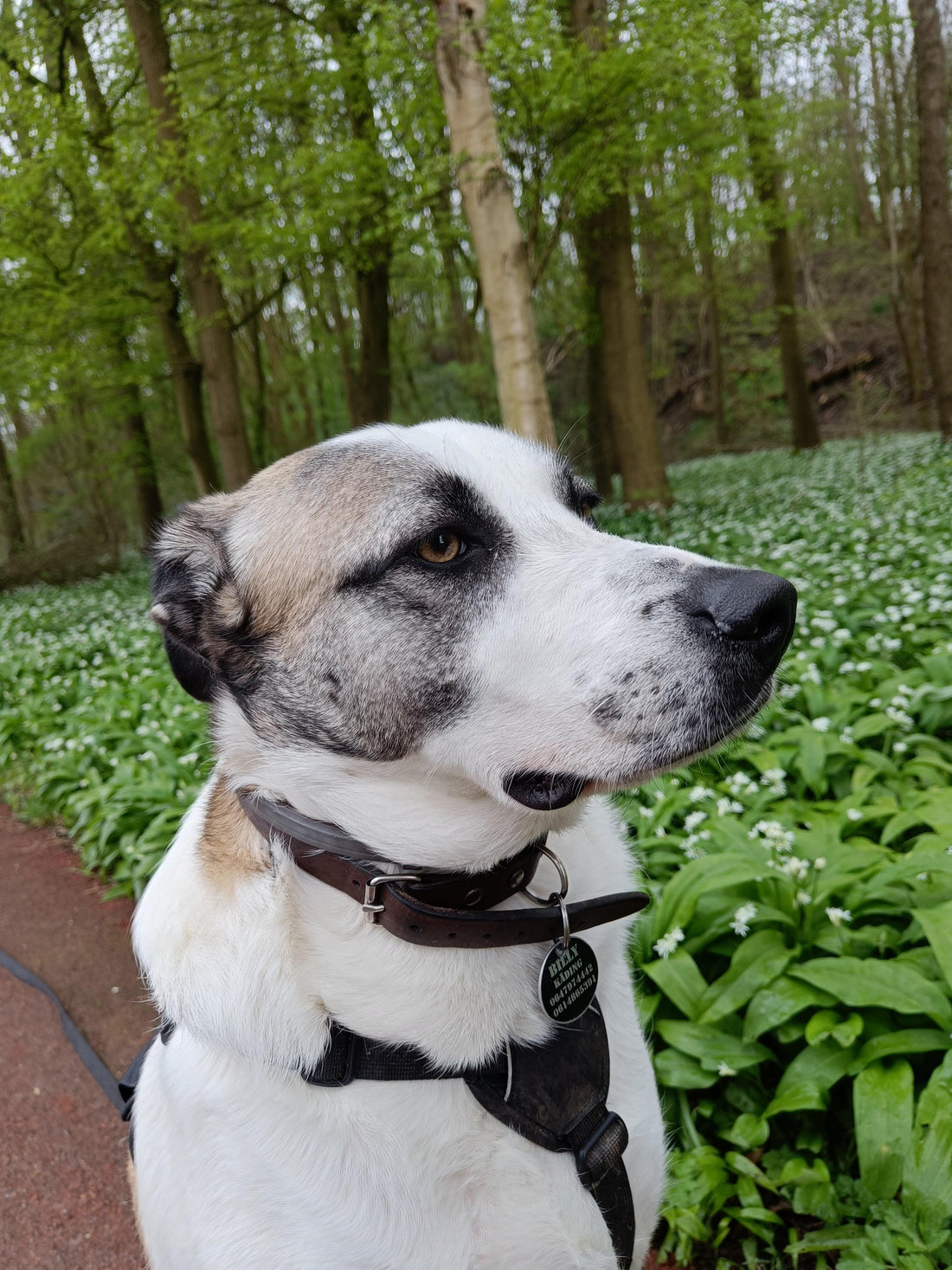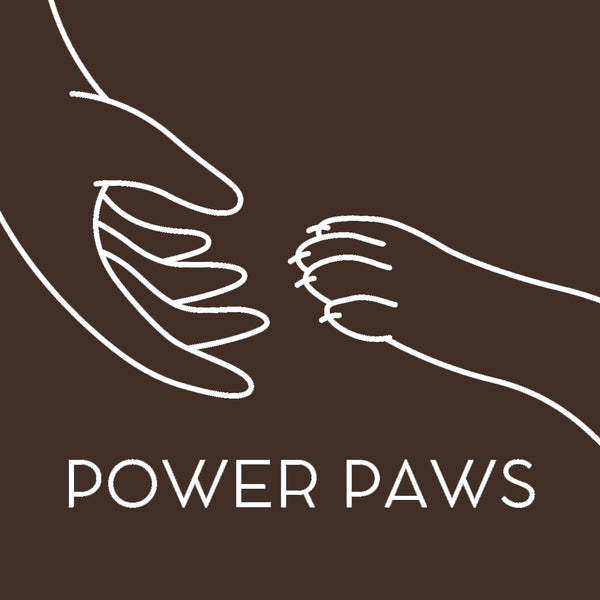
Reduce reactivity on leash
Simone HendriksenShare
Walking your dog should be a relaxing and enjoyable experience, but if your dog is reactive on a leash, it can be stressful for both you and your dog. On-leash reactivity means that your dog overreacts to certain stimuli, such as other dogs, people, or vehicles. Fortunately, there are several strategies you can implement to reduce your dog's reactivity and make walks more enjoyable. In this blog post I explain where reactivity comes from and discuss some effective techniques.
Where does reactivity come from?
Reactivity in dogs can be caused by several factors. It is often caused by a combination of genetic predisposition, lack of socialization, dominance and negative experiences. Some dog breeds are naturally more sensitive and reactive, which may be due to their genetic background.
Inadequate socialization early in life can cause dogs to feel anxious or insecure in new situations, which can lead to excessive responses such as barking, growling, or pulling on the leash. Negative experiences, such as attacks by other dogs or mistreatment by people, can also contribute to reactivity. In addition, health problems and pain can make a dog more irritable. We as humans also influence a dog's reactivity; For example, if you are injured, scared or unsure, this can cause your dog to take the lead to protect you.
Understanding the causes of reactivity is essential to providing the right training and support so your dog can feel safer and more relaxed in his environment. So make sure you know what your dog's triggers are and where they come from.
Keep enough distance between the trigger and your dog
Distance is your best friend as you work to reduce your dog's reactivity. The closer you are to the trigger, the harder it is for your dog to stay calm. Always try to maintain a safe distance where your dog can remain comfortably without reacting. This sometimes means that you have to choose a different route or temporarily deviate from the path to create enough space.
Be a barrier between your dog and the trigger
One of the most important things you can do is position yourself as a physical barrier between your dog and the trigger. By doing this, you not only create more distance, but you also take the lead. By doing this you are literally showing that you are taking charge and protecting your dog from his or her triggers. This can help your dog feel more secure and less likely to react. If you encounter another dog, stand on the opposite side of your dog so that your body blocks the line of sight. This simple gesture will make a big difference in how your dog responds.
Be aware of your own body language
As you could just read, your own body language has a major influence on how your dog reacts. Dogs are very sensitive to the emotions and posture of their owners. Be confident and relaxed even if your dog starts to react. A calm and collected attitude will help your dog to feel calmer as well, because you are showing that you are not afraid and that you are in control of the situation. If you are tense or nervous, your dog will pick up on this and probably become more nervous himself.
Keep the leash short but relaxed
You just read how much influence we have on our dog's behavior, but I still see it very often; owners who freeze as soon as they see a trigger from their dog! This is almost always accompanied by tightening the belt. A tense leash increases your dog's tension and excitement. Always try to keep the belt loose, so that you do not transmit tension through the belt. A relaxed leash communicates to your dog that there is nothing to worry about. If you notice the leash getting tight, try to stop calmly and call your dog back to you before continuing.
Use a hunting line
A hunting leash can be a useful tool when training a reactive dog. This type of leash gives you more control and is usually easier to handle than a standard leash and collar. A hunting line can be quickly put on and taken off, which is useful for training and in situations where quick action is required. However, it is important to ensure that you use the hunting line correctly to avoid accidental choking or discomfort for your dog. Be sure to read my article about using a hunting line!
Understand your dog's body language and correct/reward on time
Understanding your dog's body language is also crucial to reducing his reactivity. Look for signs of arousal such as a stiff posture, fixed gaze, and upturned ears. If you recognize these signals in time, you can correct your dog before the excitement gets too high. I often snap my fingers once, accompanied by a short "shh" to break the tension. Use positive reinforcement, such as a favorite toy or treat, during times when your dog remains calm, seeks contact with you, or looks away from the trigger. This way you teach your dog that they are allowed to look at the trigger and are rewarded if they look away!
Practical tips and techniques
Here are some practical tips that you can also take with you during the walks:
- Don't distract your dog from the trigger: By distracting your dog as soon as you see a trigger, you are not addressing the reactivity. You're just avoiding it! Because distracting ensures that your dog does not notice the trigger, you cannot teach them new behavior. Use the tips previously given to tackle the reactivity.
- Practice alternative behavior: Teach your dog to sit or walk next to you when you approach a trigger. Reward this behavior generously so that it becomes more fun than responding.
- Manage the environment: Plan your walks at quieter times or in areas where you are less likely to encounter triggers. You can slowly reduce this if you notice that your dog reacts less to triggers.
- Patience and consistency: Changing behavior is a process and takes time. Stay consistent with your approach and be patient with your dog!
Conclusion
Reducing your dog's leash reactivity requires patience, consistency and a good knowledge of your dog's body language. By applying the points discussed earlier, you can make the walks more enjoyable and less stressful for both of you! With the right approach and lots of practice, your dog will eventually learn to remain calmer in challenging situations.
Do you have difficulty addressing reactive behavior? Do not hesitate to contact us and we will ensure that you can walk relaxed again!
